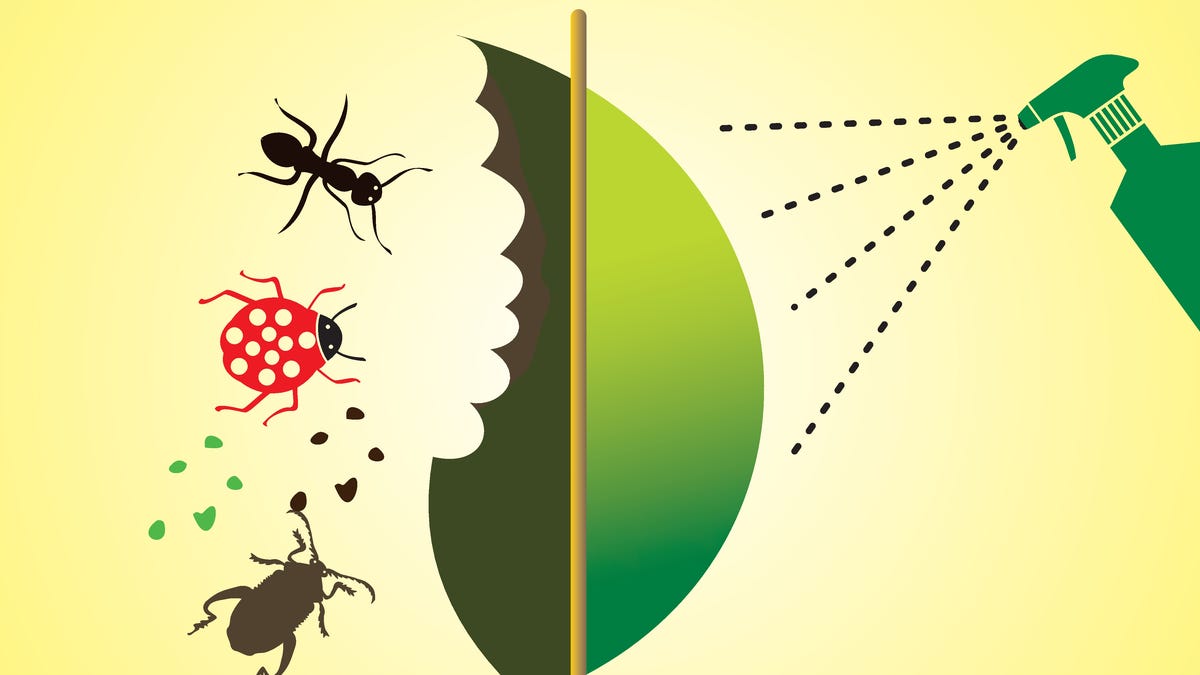One of my favorite episodes of the vegetable gardening year is when my wife Suzanne and I go out in October to plant the next yearâs garlic crop. Unlike the spring and summer planting seasons for other edibles, when Iâm juggling all sorts of other chores and have to hurry through sowing seeds or transplanting seedlings, garlic planting comes after Iâve mostly put the garden to bed. Iâve pulled the debris from the other crops and trundled it off to the compost bin, and sown in the cover crops that will preserve the soil through the winter. Poking those garlic cloves into the spot reserved for them is a more leisurely business, one that is carried out amid the cooler weather and gentler sunlight that makes autumn my favorite season in the Northeast. Itâs a pleasurable horticultural encore.
Besides, garlic is such a carefree crop. The pungent odor and flavor that I love in sauces evolved as a means of defense against creatures who would otherwise eat the plants, and it remains very effective against non-hominids. Whereas I am always watching other vegetable and fruit crops somewhat nervously to guard against attacks from hungry wildlife, my garlic has never suffered from those sorts of incursions. It does have a relatively high need for fertility. I applied an early spring dose of nitrogen-rich blood meal, and langbeinite, a natural source of potassium, as was called for in my soil test results. However, I failed to enrich the soil before planting and applying a side-dressing of nitrogen at the beginning of May as recommended, and the garlic heads I harvested in July were not as large as I would have liked.
Aside from soil fertility, the only other issue I have met with in growing garlic is making sure that the plants get enough but not too much moisture. Garlic, like most bulbs, must be grown in well-drained soil, but if there should be a dry spell during its season of active growth in spring and summer, you should water it deeply at least once a week.
One bonus of garlic that Asian-descended friends have taught me to prize are the âscapes,â the flower stalks that pop up from the garlic plants in June. I had long made a point of snipping the scapes off at their bases before the flower buds opened so that the plants didnât divert energy from bulb making to seed production. Until my friends intervened, however, I didnât know how sweet and tender they are when chopped up and tossed into a stir-fry.
When purchasing so-called âseed garlic,â bulbs that you separate into the cloves you plant in the soil, you are likely to find a bewildering array of varieties for sale. The most important distinction is between âsoftneckâ and âhardneckâ types. The hardneck garlics, as the name suggest, have a stiff, hard stem that emerges from the center top of the bulbs, whereas the stems of the softneck bulbs are flexible. Hardnecks tend to be better adapted to cold climates and typically have a spicier, more complex flavor. They are harder to weave into braids, which is the way I prefer to store my harvest. Fortunately, my wife grew up with long braids of her own and the skills she perfected then enables her to assemble hardneck garlics into acceptable braids once I have pulled them from the soil and left them in a cool shaded spot to dry for a week or two. The signal that harvest time has arrived, incidentally, is that the plant turns yellow or brown.
I generally purchase seed garlic new every year from one of the online suppliers who offer a wide choice of organically grown cultivars that have tested free of disease and nematodes. Many friends, however, save the biggest bulbs from the previous yearâs harvest to separate into cloves and plant for the next yearâs crop. They report good success with this practice. Some claim that this approach eventually leads to the evolution of a race of garlic specially adapted to your soil conditions and local climate. I doubt that. Growing garlic from cloves separated from bulbs of the previous yearâs harvest is essentially â each new plant will be genetically identical to the parent, so the plants do not evolve. Thatâs a small loss, though, in comparison to all the benefits homegrown garlic provides
Thomas Christopher is a volunteer at Berkshire Botanical Garden and is the author or co-author of more than a dozen books, including “Nature into Art” and “The Gardens of Wave Hill.” He is the 2021 Garden Club of America’s National Medalist for Literature









